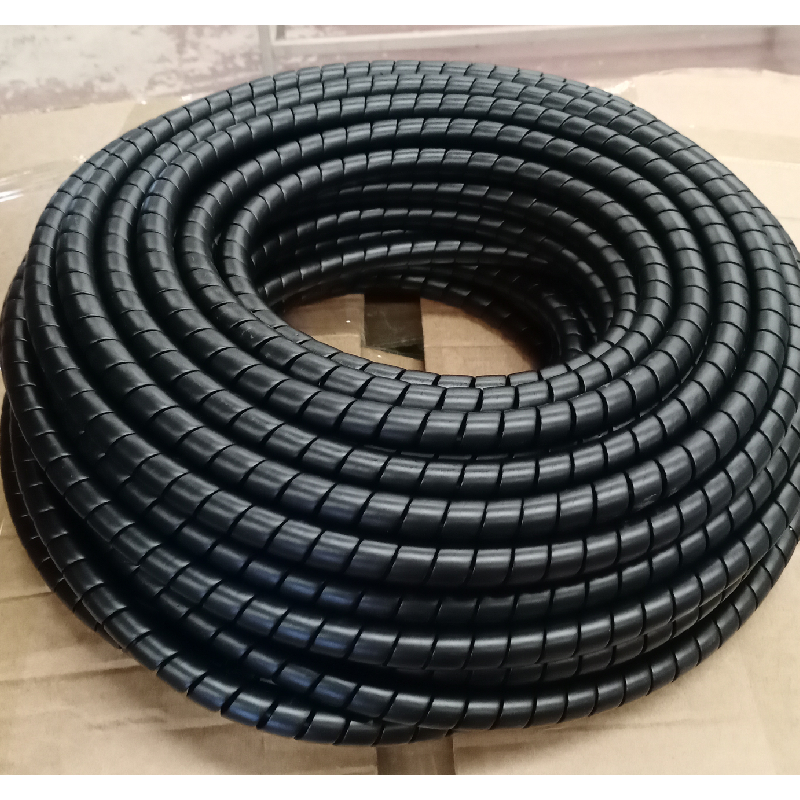Effective Solutions for Repairing Rubber Hoses in Various Applications and Industries
A Comprehensive Guide to AC Rubber Hose Repair
Air conditioning plays a vital role in maintaining comfort in our daily lives, particularly in hot and humid climates. However, like any mechanical system, air conditioning units can experience issues over time, and one common problem is the deterioration of rubber hoses. AC rubber hose repair is not only essential for the efficient functioning of your cooling system but can also save significant costs if addressed promptly. In this article, we’ll explore the types of rubber hoses in AC systems, the symptoms of hose failure, and the steps involved in repairing or replacing these hoses.
Understanding AC Rubber Hoses
In air conditioning systems, rubber hoses are primarily used to transport refrigerant and sometimes carry coolant. These hoses connect different components such as the compressor, condenser, and evaporator. Over time, exposure to extreme temperatures and environmental factors can lead to the deterioration of rubber hoses. Factors like ozone, UV light, and oil can cause rubber to become brittle and crack, which ultimately affects the performance of the entire system.
Signs of Hose Failure
Recognizing the signs of a failing rubber hose is crucial for timely repairs. Here are some common symptoms that indicate your AC system may be facing hose issues
1. Visual Inspection Look for cracks, bulges, or worn areas on the rubber hose. Any visible damage indicates that the hose may need to be repaired or replaced.
2. Leaking Refrigerant If you notice a noticeable drop in cooling performance from your AC, combined with a hissing sound or visible fluid around the hoses, this may be a sign of a refrigerant leak.
3. Unusual Noises If you hear unusual sounds such as rattling or hissing when the AC is running, it could be due to air or refrigerant escaping from a damaged hose.
4. Inconsistent Cooling A malfunctioning rubber hose can lead to inconsistent temperature regulation within your vehicle or home, indicating that the refrigerant flow might be obstructed.
Steps for Repairing Rubber Hoses
ac rubber hose repair

If you suspect that your AC rubber hose requires repair, you can either take it to a professional mechanic or handle the repair yourself if you have the necessary skills. Here’s a general step-by-step guide to help you through the process
1. Gather Necessary Tools Make sure you have safety gloves, goggles, a wrench set, and replacement hoses or rubber hose repair kits.
2. Disconnect the AC System Before beginning any repair work, ensure that the AC system is turned off. Disconnect the battery and relieve any pressure in the AC system to prevent leaks.
3. Inspect and Remove the Damaged Hose Locate the damaged rubber hose and carefully remove it using the appropriate wrench. Take note of how the hose is connected to the system for accurate reinstallation.
4. Prepare the Replacement Hose If you have a replacement hose, ensure that it is the correct size and type. If using a repair kit, follow the instructions provided in the kit to accurately seal the damaged area.
5. Install the New or Repaired Hose Attach the new or repaired hose back into the system, ensuring all fittings are tight and secure. Double-check your connections to prevent future leaks.
6. Recharge the AC System After replacing the hose, recharge the AC system with the appropriate refrigerant as per the manufacturer's specifications.
7. Test the System Finally, reconnect the battery and turn on the AC system. Allow it to run for a few minutes while observing for any leaks or unusual noises.
Conclusion
AC rubber hose repair is an essential aspect of maintaining an optimally functioning air conditioning system. Regular inspections and prompt repairs can prevent minor issues from escalating into costly repairs or replacements. Whether you choose to repair the hoses yourself or seek professional assistance, understanding the importance of these components will ensure your AC system runs efficiently for years to come. Remember, proactive maintenance is key to enjoying a cool and comfortable environment, no matter the weather outside.
-
Ultimate Spiral Protection for Hoses & CablesNewsJun.26,2025
-
The Ultimate Quick-Connect Solutions for Every NeedNewsJun.26,2025
-
SAE J1401 Brake Hose: Reliable Choice for Safe BrakingNewsJun.26,2025
-
Reliable J2064 A/C Hoses for Real-World Cooling NeedsNewsJun.26,2025
-
Heavy-Duty Sewer Jetting Hoses Built to LastNewsJun.26,2025
-
Fix Power Steering Tube Leaks Fast – Durable & Affordable SolutionNewsJun.26,2025

